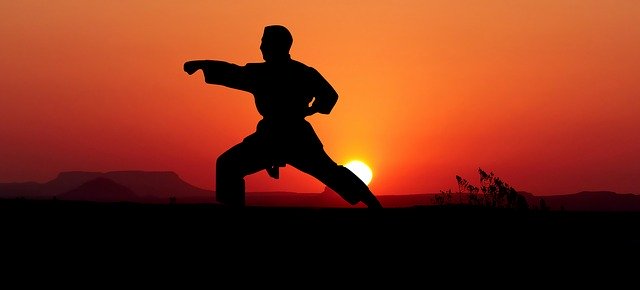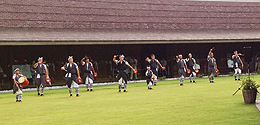Okinawan Culture
Shi-sa (Shi-shi dog)
Shi-sa is a traditional Okinawan decoration, often in pairs, resembling a cross between a lion and a dog, from Okinawan mythology. People place pairs of shi-sa on their rooftops or flanking the gates to their houses. Shi-sa are believed to protect from certain kinds of evils. When in pairs, the left shi-sa traditionally has a closed mouth (female), the right one an open mouth (male). The open mouth wards off evil spirits, and the closed mouth retains good spirits.
Ishiganto
Ishiganto are also used to ward off evil spirits, negative energy or bad luck. The use of these talismans spread from China. They are always positioned in the corner of a forked road or at the head of a T-shaped intersection, due to the belief that if a spirit finds a house at an intersection, it is more inclined to enter the house than to make a turn.
Karate
Karate has a long history in Okinawa. In fact, the island is considered the birthplace of this martial art. Several schools of Karate and many dojos can be found here.
Eisa and Kacha-shi
Eisa is a dance performed by large groups of young men and women dressed in traditional outfits during Obon, a summer event, to honor the spirits one’s of ancestors. The principal musical instruments used in Eisa include the sanshin (a three-stringed instrument), large barrel drums as well as medium and small sized drums.
Sanshin
Sanshin is a three-stringed instrument and likened to a banjo; it consists of a python (originally, Habu) skin-covered body, a neck, and three strings.
Tombs
Okinawan people build huge tombs to show respect for their ancestors. You will see two types of tombs everywhere on the island: the turtleback tomb and the gable type. The turtleback tomb is easy to spot due to its distinctive shape (resembling the back of a turtle's shell).









